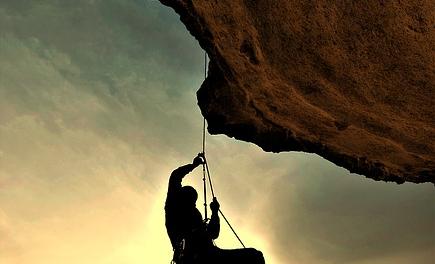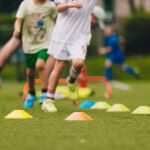Where participation levels in PE lessons are an area of concern, there are numerous methods and tactics that teachers can try in order to raise participation levels.
From tackling the ‘I forgot my PE kit’ excuse, to delivering more engaging lessons, there are a few different angles to try. One solution that can be highly effective is to give students a choice of activity and give them greater control.
Research conducted by Jennifer L. El-Sherif at Salem State University showed that providing a selective PE curriculum resulted in the students being more likely to participate in PE and that lessons were more meaningful to the students.
Some students might find a particular type of activity either difficult or it is just an activity they really don’t enjoy doing. Therefore, giving them an alternative will prevent students not doing PE based on them not enjoying the activity.
How to implement activity choices
Providing a selection of PE activities is only possible if you have the resources to do it and a timetable that enables it. It also relies on there being a fairly even split between two activities so that one teacher doesn’t have a much bigger class than the other.
When timetables are being scheduled before the year starts, the Head of PE should raise a request to have lessons scheduled so that it is possible for two options to be given, i.e. two groups of the same year group to be scheduled at the same time.
There will probably be certain groups (often girls) that are more prone to lower levels of participation, so it is a good idea to focus on these and work out suitable options that the group is more likely to enjoy.
For this approach to be successful, it is best to offer two quite contrasting types of PE activities. For example, don’t have a choice between similar team sports like basketball and netball. If students are not keen on team sports they may be more receptive to trying more individual activities like using gym equipment in a fitness suite.
Of course, this again depends on the resources that you have at the school but achieving increased PE participation levels is a good way to justify spending money on gym equipment.
Other lessons that are good to contrast with team sports include dance and step aerobics, which are likely to appeal to different types of students.
It might even be a good idea to put the activities to a student vote, to get an accurate idea of what the students actually want to do, with the most popular choices being selected. Being involved in the decision process will be added motivation for some students.
Other dependencies for achieving higher participation levels
Simply offering different alternatives to activities will probably not be enough to maintain higher participation, it is important that the quality of lessons is high as well.
If you push PE staff too far away from their specialisms by offering obscure activities, students may become less engaged with the lessons. So it might be an idea to bring specialist coaches in to deliver activities that staff are not very familiar with, to ensure students continue to be engaged in the activity and therefore don’t try to avoid the next PE lesson.
Don’t forget that if you are having trouble finding specialist coaches, sporting bodies and associations often have coaches available through their outreach programmes. Links to the various sporting associations can be found on the Sport England website.
Offering a choice of activity is proven to be successful in increasing participation levels in PE but is only possible when you have the right resources/flexibility and the lessons are well delivered.










